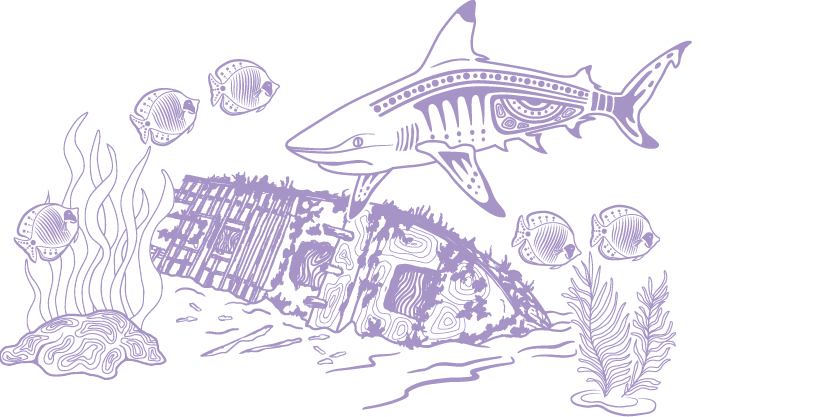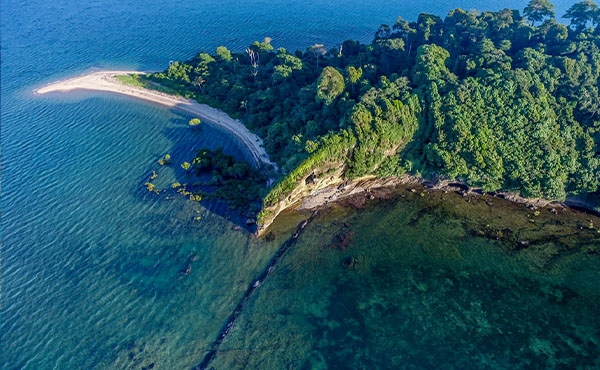The Reef supports tens of thousands of marine and terrestrial species, many of which are of global conservation significance. The assessment of the Reef’s habitats for conservation of biodiversity comprises all habitat values (Chapter 2) on a property-wide scale.
The Outlook Report 2019 identified that widespread loss and degradation of key habitats (coral reefs and seagrass meadows) had occurred in that reporting period and found the overall condition grade for habitats to support species was poor. In 2024, coral reefs and seagrass meadows show improved trends, including the grade for coral reefs shifting from very poor to poor borderline good. Multiple other habitats remain in good condition, noting confidence in some grades is broadly inferred due to limited data. However, overall, habitats to support species remain in poor condition.


